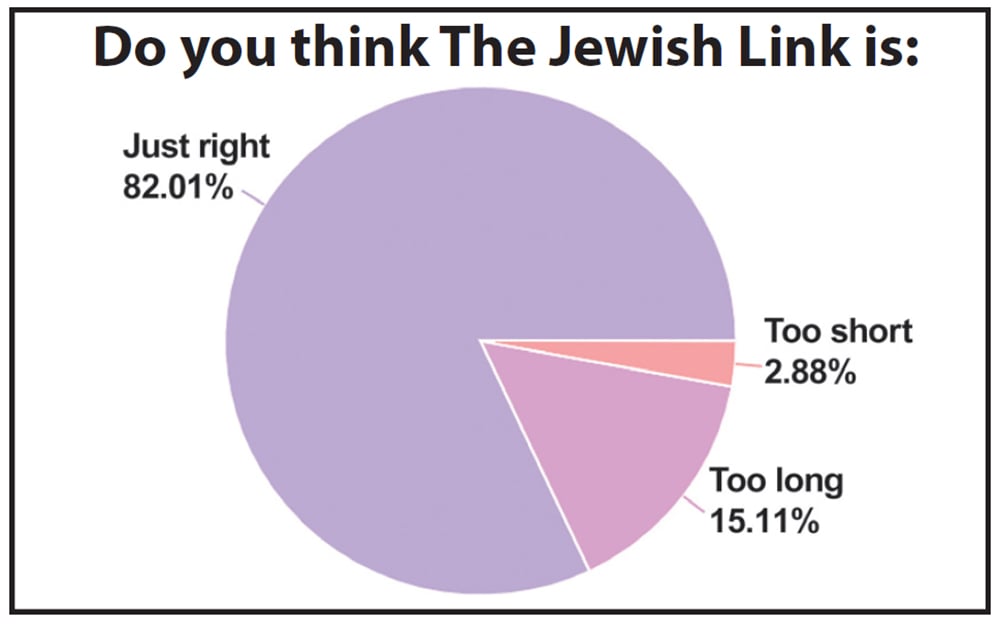
Last month, the Maimonides Fund, with distribution assistance from the Jewish Insider, launched the first of four planned 2021 limited edition print and online issues of Sapir Journal (sapirjournal.org). The journal seeks to address the future of the American Jewish community and its intersection with cultural, social and political issues.
With the first edition focused entirely on social justice issues, many of its articles immediately resonated online and went viral immediately. The second issue, expected to be released soon, will focus on power and its various dimensions for Jews. The third journal will focus on continuity, education and philanthropy, while the fourth issue’s topic is still to be determined.
The journal is edited by New York Times op-ed columnist Bret Stephens. The first edition featured essays by former Labor MP Einat Wilf, former AP journalist Matti Friedman, psychologist Pamela Paresky and Rabbi David Wolpe, as well as several others. Its publisher is Mark Charendoff of the Maimonides Fund, a private grantmaking organization with a commitment to Jewish faith, Jewish peoplehood, citizenship and science. One of the stated goals on its website is to “strengthen the center,” noting that “increasing polarization within the Jewish community weakens the fabric of our society and our shared sense of peoplehood.”
The journal seeks to present information “in ways that we hope will actually bring about real change and spark a deeper set of conversations than you might usually have,” said Stephens, on a recent Sapir webcast. The journal sponsored several live events after the inaugural issue’s release, which went deeper with writers Friedman, Wilf and Paresky, about their articles and larger implications (all recordings are available on the Sapir Journal site).
For example, Wilf, in addressing the Israeli-Palestinian conflict, referenced other regions with similar fighting over lands or peoples, such as Northern Ireland’s fight between Catholics and Protestants, or South Africa’s struggles over apartheid. In sum, she said it’s not ever useful to cast one side in an argument as good and the other as evil. “‘Evil’ must always be fought and defeated—so to cast the conflict as a fight between good and evil is effectively to argue that no compromise can be made until the other side disappears or signs an unconditional surrender.”
Friedman, in speaking about the recent Israeli-Hamas conflict, said that Hamas is using this very brand of unfair, unbalanced rhetoric to win fans on social media. Hamas runs “10-second videos that punch you in the stomach. When you watch them, you know exactly who the bad guy is,” he said. “The story now is one of Jewish malevolence. Jews are misbehaving, treating people cruelly. The story starts out small and gets bigger and bigger. It’s a scary moment not just for Israel and not just for Jews, but for anyone who has a hope for a rational understanding of the world,” he said.
In response to Friedman’s view, Stephens agreed and added that the social media arena is particularly unhelpful to those interested in nuanced problem-solving. “One of the most defining aspects of our age is the ‘shallowing’ of everything,” Stephens said. “Everything is instantly accessible. Follow the first link, that leads you to the next and the next. Fewer opportunities to get in deep. It’s a simplistic narrative. Oppressive Israel versus hard-done-by Palestine. Social media has accelerated that process of simplification.”
Paresky, in writing on the ills of Jewish life on campus as seen through the lens of critical race theory, addresses the concern that has come up in recent months with Black Lives Matter co-opting the Palestinian narrative of oppression, casting Israelis, in this scenario, against them as “colonizers” and “white supremacists.”
“In the critical social justice paradigm,” she wrote, “Jews, who have never been seen as white by those for whom being white is a moral good, are now seen as white by those for whom whiteness is an unmitigated evil.”
The powerful, incisive essays and the conversations they prompted can be seen as geared toward those in American Jewish leadership positions who are facing increasingly hostile anti-Jewish viewpoints from their mostly Jewish patrons and partners. The articles could then provide both information and inspiration for those who wish to address these viewpoints head on.
“There is a sane center in the Jewish world,” explained Charendoff, in a Zoom conversation with The Jewish Link. “The noise is very loud on the right and the left. When people are loud they get a lot of attention, so average people think they must be the crazy ones. But there is a normative range of positions that really smart people, with all kinds of different viewpoints—Labor, Likud, Republican, Democrat—can appreciate,” he said.
The long-form essays in the social justice issue are universally thoughtful, well articulated and seek to address a particularly misunderstood or biased viewpoint that has prevailed over the past year or more in public discourse. Particularly, Paretzky’s article, “Critical Race Theory and the ‘Hyper White’ Jew,” which was reprinted by The Jewish Link, as well as Wilf’s “How Not to Think About the Conflict,” addressed prevailing progressive viewpoints about Jews and Israel that are largely not compatible with Zionism or the continued existence of Jews as a self-determined people. These viewpoints can be seen as extremely dangerous to Jewish continuity and identity in both Israel and the diaspora.
“People want to be able to trust their instincts and know they are not alone. Sapir is not the only answer, but we want to provide some hope for those who are looking for answers,” Charendoff said.
By Elizabeth Kratz










